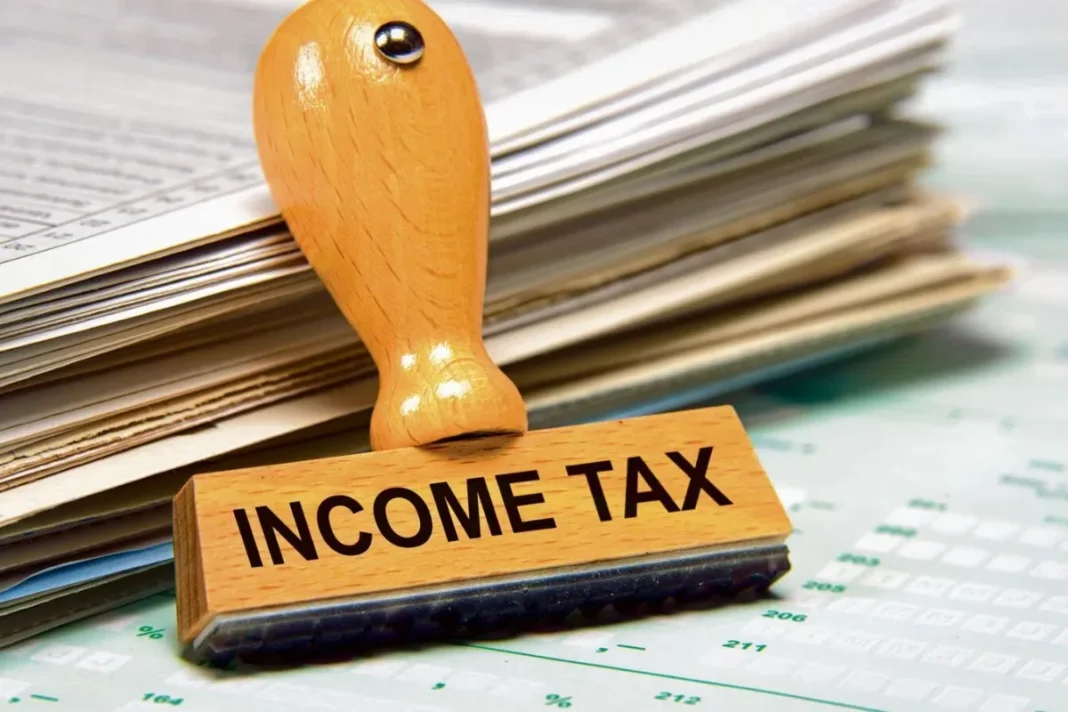Income Tax News: As the financial landscape evolves, staying abreast of income tax regulations is crucial for every taxpayer. Here’s a breakdown of the income tax slabs and rates for the fiscal year 2024-2025 (Assessment year 2025-2026), ensuring you’re well-informed about your tax obligations.
Income Tax Slabs for Regular Tax Regime
For individuals (residents below 60 years of age, NR, and NOR), the income tax slabs for the financial year 2024-2025 are as follows:
| Income Range | Tax Rate |
|---|---|
| Up to ₹250,000 | 0 |
| ₹250,001 to ₹500,000 | 5 |
| ₹500,001 to ₹10,00,000 | 20 |
| Above ₹10,00,000 | 30 |
Income Tax Slabs for New Tax Regime
Under the new income tax regime, the income tax slabs for the financial year 2024-2025 are:
| Income Range | Tax Rate |
|---|---|
| Up to ₹300,000 | 0 |
| ₹300,001 to ₹600,000 | 5% |
| ₹600,001 to ₹900,000 | 10% |
| ₹900,001 to ₹12,00,000 | 15% |
| ₹12,00,001 to ₹15,00,000 | 20% |
| Above ₹15,00,000 | 30% |
Tax Rebates and Standard Deductions
- Resident individual taxpayers with total income up to ₹500,000 continue to be eligible for a tax rebate of ₹12,500 or actual tax payable, whichever is lower.
- The standard deduction remains unchanged at ₹50,000 for both the old and new income tax regimes.
Surcharge and Health/Education Cess
- A surcharge is levied on individuals with total income exceeding ₹5,000,000, with rates varying based on income brackets under both the old and new tax regimes.
- Additionally, a health and education cess of 4% is applicable on income tax and surcharge (if applicable) computed as per the specified rates.
What’s Next?
While no changes were announced in the Interim Budget 2024-2025, it’s essential to stay informed about potential alterations that may arise post the general elections. By understanding income tax slabs and rates, you can effectively plan your finances and meet your tax obligations.
Frequently Asked Questions
- Will tax slabs change in FY 2024-25? As per the Interim Budget 2024, no changes in income tax rates have been announced for FY 2024-2025.
- How much tax do I pay on ₹7.5 lakhs? If you opt for the new income tax regime, your tax liability will be zero, considering the eligibility limit for rebate up to ₹7 lakh and the standard deduction of ₹50,000.
Keep watching our YouTube Channel ‘DNP INDIA’. Also, please subscribe and follow us on FACEBOOK, INSTAGRAM, and TWITTER


